Technology of planting cucumbers in open ground and caring for them in Siberia and the Urals.
Cultivation of cucumbers outdoors in difficult climatic conditions in Siberia or the Urals has its own characteristics. Agricultural technology provides for a competent approach to the choice of varieties, certain dates for planting cucumbers and constant care. The seeding depth, the distance between the plants, the timing of fertilization and the irrigation scheme - all advice is given taking into account the requirements of thermophilic cucumbers.
Requirements for cucumbers for growing conditions
Planting cucumbers in open ground in Siberia and the Urals is possible, but cultivation is effective only if the technology is followed.
Agrotechnology of cucumbers in Siberia is carried out taking into account the following points.
- The selection of varieties should be carried out competently, it is important to take into account the adaptation to climate conditions and the ripening time.
- Planting cucumbers with seeds on the garden bed is carried out when the air temperature is at least + 15 °, and the soil temperature at a depth of 10 cm will be about + 10 °. In cold weather, seeds will not sprout, even if planted on favorable days. Usually planting is carried out in May, in the second half, and sometimes it is postponed due to the weather to the first days of June.
- Required preliminary preparation of seeds, after which they sprout better and the cucumbers get sick less.
- To improve germination, a mini-greenhouse is made in the garden, especially if the air temperature has not yet risen to the desired level. Arches are installed and any white non-woven covering material is thrown on them. Instead, you can use cellophane, and if the bed has sides, put glass frames on them.
- Growing cucumbers in the open field is possible only on loose soils with neutral acidity. Cucumbers love nutritious soil with a lot of organic matter. They grow well on soil into which completely decomposed humus is introduced.
- For two years in a row, growing cucumbers on the same bed is unacceptable; you can return cucumbers to this place only in the fourth year.
- Unwanted predecessors - all types of melons, favorable - siderates, legumes and different types of greens.
- In Siberia, gardeners have a lot of trouble in the summer. It is necessary to monitor the weather forecast every day. If forecasters warn that the temperature will drop below + 15 ° at night, then the plantings must be covered with agrofibre. If it's very cold, you can use plastic wrap - it retains heat better, but you need to remove it for a day.
- Ovaries are best formed at a temperature of + 20-22 °. In cold weather, shelter will also be required during the day.
- Cucumbers love nutritious soil - organic fertilizers alternate with mineral fertilizers, plants respond well to humus or cucumber cocktail, which consists of infusion of weeds and ash.
- It is necessary to water the plantings correctly, because cucumbers do not like both excess water and drying out of the soil.
- Cucumbers grow well in light shade, but sun is needed before noon.
If you know how to plant cucumbers correctly and what care they need, growing cucumbers in Siberia and the Urals will not be difficult. Another important point to pay attention to is that it is important to correctly choose varieties that are favorable for growing in a given area.
Description of varieties and hybrids of cucumbers
In order for cucumbers to be on the table all summer, it is necessary to choose different species that differ from each other in terms of fruiting, method of pollination, and purpose.In addition, it is important that the variety is resistant to many diseases, otherwise you can lose the crop at one point.
Experienced growers know how to plant cucumbers and give the following tips.
- It is preferable to choose varieties for salads with an early ripening period, so that cucumbers are on the table already at the beginning of summer, when others are still gaining strength, and late ones, which bear fruit when others have already been harvested.
- Sowing of salted-type seeds should be carried out in stages, with an interval of two weeks. First, the cucumbers can be used for salads, and the second batch will go for canning.
The selection of varieties is very diverse today. What type of cucumbers are favorable for growing on your site can only be determined by planting and growing a certain variety.
Variety "Phoenix"
The "Phoenix" variety is intended for open ground, because flowers are pollinated by bees. Fruiting begins late, 50-60 days after the seeds sprout. The advantage over other species is that cucumbers grow for a long time, until the first frost. This variety is not susceptible to powdery mildew and cucumber mosaic disease. It grows in light shade, but the number of fruits decreases under such conditions.
Agricultural technology in Siberia has its own peculiarities - they start growing cucumbers under cover. It is removed when the first flowers appear in order to open access to the bees. "Phoenix" is tall, lashes can grow up to three meters, they branch well. The distance between plants when planting should be about 60 cm.
Fruits of the "Phoenix" variety with a thin skin, without bitterness, their length is up to 16 cm. The variety is high-yielding, cucumbers can be used both for salads and pickles.
"Courage"
"Courage f1" is a hybrid that is considered universal. Self-pollinated, high-yielding, multi-fruited - several fruits are formed in one place at once. "Courage" is early ripe, cucumbers can be picked 40 days after germination. They do not have bitterness, they do not lose freshness for a long time, the length of the fruit is 13-15 cm. This species is characterized by the fact that it can be planted earlier than other varieties, but it is imperative to use a temporary shelter. If you plant seeds in the second decade of May, the fruits will ripen in early July.
"Courage" is a medium-sized hybrid with few branches. The downside is that many leaves are formed, in the shade of which fruits do not grow well. Cultivation technology includes regular removal of excess foliage.
Positive properties - does not get sick with powdery and downy mildew. It is drought-resistant, care is made easier by the fact that there is no need to water often. In the heat, watering is done once every 5-7 days.
"Zozulya"
Zozulya f1 is a self-pollinated high-yielding hybrid. The plant is vigorous, medium-growing, almost does not form stepchildren. Cucumbers ripen early, 45 days after germination. The older the bush becomes, the more fruits are tied on it. Cucumbers have a delicate flavor. "Zozulya" is not suitable for saltingbecause canned cucumbers quickly become soft. They are used for salads or lightly salted. It is advisable to eat cucumbers on the same day they were picked, because they lose their freshness after several days of storage.
The variety "Zozulya" is resistant to cucumber mosaic, olive blotch, root rot. Caring for this species includes frequent watering, it loves moisture very much. If watered rarely, especially at high temperatures, the fruits become bitter.
"Hermann"
"Herman f1" is an early maturing high-yielding hybrid. Cucumbers ripen within 40 days after germination and are tied before the autumn cold. "Herman" has medium-sized fruits, 8-10 cm. They can be salted and eaten fresh, do not taste bitter.
"Herman" - parthenocarpic hybrid. Resistant to powdery mildew, fusarium, cucumber mosaic virus, but susceptible to rust disease. Maintenance includes regular inspection, so that at the first sign of rust to carry out treatment with "Fundazol".It is better to treat the disease on the same day, because it spreads quickly throughout the plant.
"Nezhinskie"
"Nezhinskie" - late cucumbers. The fruits are ready to be harvested on the 50th day after germination. They are about 12 cm long, crispy, good for pickling. Keep fresh for a long time. Multiple bush - cucumbers grow in bunches. Pollinated by insects.
Nizhyn cucumbers are immune to bacteriosis and olive spot, but they can get sick with downy mildew. Although this variety is drought tolerant, if watered frequently, it will reward you with more fruit.
Bush types of cucumbers
In Siberia, in a short summer, when temperature suitable for cucumbers installed only in June, in a small area of the garden, you can plant bush types of cucumbers. They are little branching, short, tolerant of shade. Height, depending on the variety, from 70 cm to 1 meter.
Bush varieties have an advantage over tall climbing varieties: they are early ripening, 40 days after germination, the first fruits appear. Fruiting is massive, within three weeks, bush cucumbers give the bulk of the harvest.
The yield from one bush is low, but due to their compact size, bush varieties are placed densely in the garden: the distance between the bushes is 25 cm, and between the rows - 50. Pollination occurs with the help of bees. The fruits are small, their purpose is universal. Bushy species hardly get sick, because with a short growing season they do not have time to get under the wave of various diseases of cucumbers. It is easy to care for them: water and fertilize periodically as needed.
Seed preparation for sowing
Knowing how to plant cucumbers and how to properly prepare seeds for sowing, you can avoid many of the problems that arise when growing them in Siberia. How much work and attention will be paid to cucumbers, this will be the harvest. It should be added that these recommendations are suitable for all regions.
Important!
Before planting, it is necessary to prevent diseases and improve seed germination.
Before sowing, a number of preparatory steps should be performed.
- Warm up the seeds. A few days before sowing, they are placed in a warm place - near a battery or on a sunny windowsill.
- Check seeds for germination. To do this, they are placed in a saline solution. For one glass of water, add a teaspoon of salt. The solution temperature should be room temperature. After a while, empty seeds will rise up, and good seeds will settle to the bottom.
- Disinfect to protect against disease. To do this, the seeds must be soaked in a bright pink solution of potassium permanganate for 20-30 minutes. After that, they must be rinsed.
- Feed. Seeds, like adult plants, respond well to feeding. In a liter jar of water, the temperature of which is slightly higher than room temperature, add a teaspoon of wood ash and stir. The seeds are kept in this solution for half an hour.
- Germinate. Sprouted seeds after planting in the ground sprout amicably.
Cucumbers should be germinated in a damp cloth. The seeds are laid out on it in a thin layer, covered with the same damp cloth. Placed in a warm place. It is important not to let dry out. Sprouted seeds must be planted the next day after the sprouts appear. Overgrown sprouts can break.
Landing in open ground
A bed for cucumbers must be prepared in advance - dig it up, select weed roots, add humus or compost. How much to feed depends on the type of soil. The heavier it is, the less fertile, the more organic matter needs to be added. Apply mineral fertilizers it is necessary directly into the hole when landing. Water the garden a few days before planting, so that the top layer dries up, and the soil inside remains moist.
It is advisable to plant on favorable days for this. According to the lunar calendar, they fall on 19,20,27,28,29 and May 30. The last date for planting cucumbers is mid-June, but only early-ripening varieties can be planted so late, otherwise the crop will not have time to ripen.
The planting scheme for cucumbers depends on what kind they are, and on the method of growing - in one or two lines. In a single-row planting, tall, branched species are planted at a distance of 50-60 cm between plants, medium-sized and low-branched - 40-50 cm.A lot of space is left between the rows - from 80 cm to 1 meter, so that the plantings are evenly illuminated by the sun and do not create a lot of shade for neighboring plants.
With two-line cultivation, the scheme for planting cucumbers is as follows:
- the distance between the bushes is from 40 to 60 cm, depending on the variety;
- from one line to another - 50 cm;
- the distance from one bed to another is about 1 meter.
This arrangement of cucumbers makes it easier to care for them and fertilize them evenly throughout the season.
The seeding depth also depends on the soil composition. If it is loose, then the seeds are buried 3-4 cm. If the soil is heavier, then the depth should be less, 2 cm is enough. If the soil is moist, then watering is not necessary immediately. If it is dry, then only the bottom of the hole should be watered.
How to fertilize the garden, what to put in the hole when planting cucumbers:
- 1 teaspoon of carbamide;
- 1 teaspoon superphosphate;
- ¼ glasses of wood ash.
All fertilizers must be thoroughly mixed with the soil, the bottom must be slightly compacted, and whether or not to water it depends on the moisture content of the soil.
Care
Caring for the plantings in the future consists in weeding, loosening after watering, keeping the soil moist, sheltering in cold weather and feeding.
When to fertilize depends on whether the fertilizer was applied at the time of planting. If not, then the first feeding is carried out when the third leaf is formed. The composition of the fertilizer is the same as for applying to the hole. In the future, cucumbers are watered with liquid dressings. Dilute mullein (1 part to 10 parts water) or bird droppings (1 part to 20 parts water). 1 liter is poured onto one bush.
Replaces the manure with top dressing from nettle infusion. Our grandmothers knew such a cucumber cocktail:
- the barrel is filled with nettle by 1/3;
- pour water to the top;
- insist for three days;
- the infusion is diluted with water 1: 3 and the beds are watered.
They feed during the day, when the base of the bushes is in the shade, or at sunset.
Outcome
The secrets of growing cucumbers in the open field are that it is important to choose the right variety for your region, prepare the seeds for planting, cover the beds when the temperature drops, keep the soil moist and apply top dressing regularly. These activities take time and effort, but cucumbers respond gratefully to good harvest care.
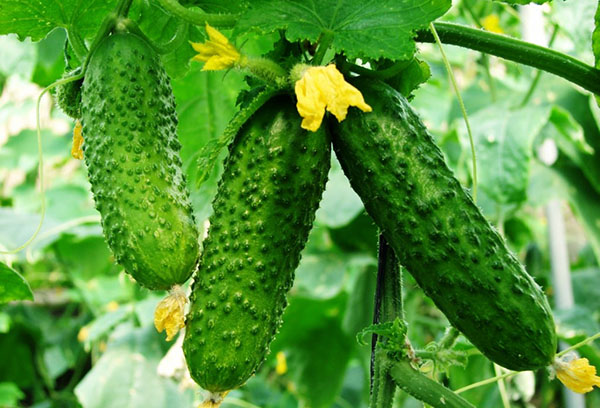

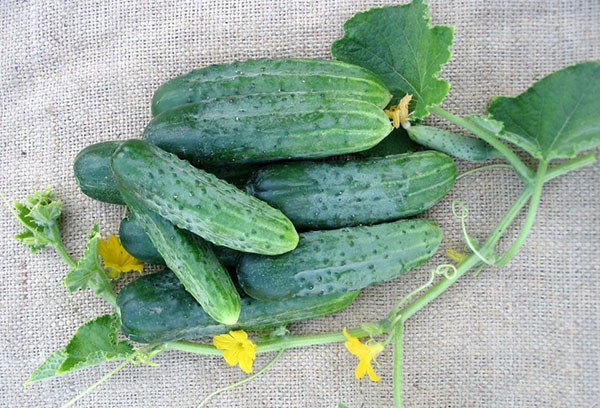




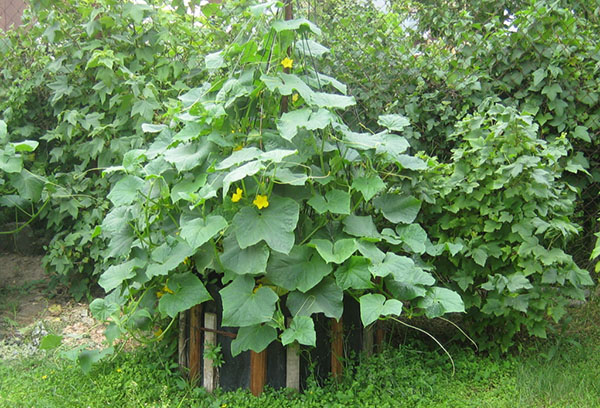
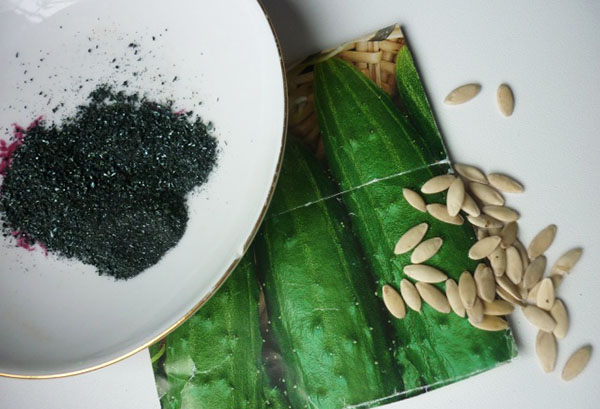
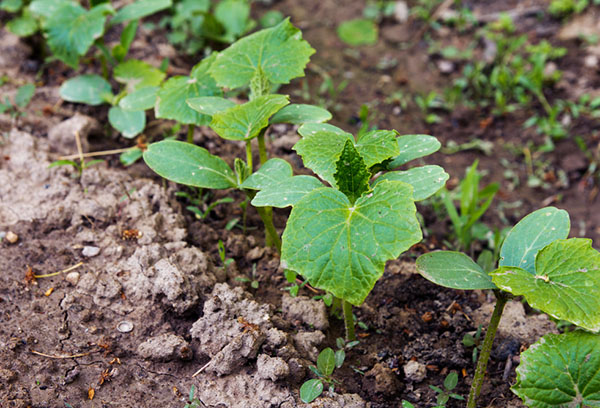

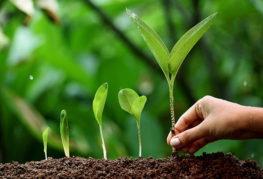
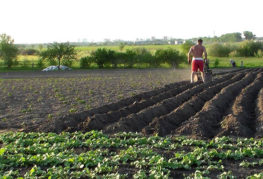
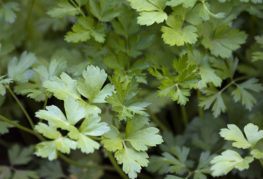


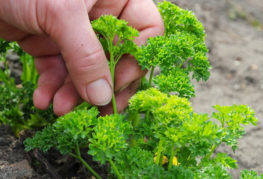
and will be published shortly.